- Home
- D. H. Lawrence
Lady Chatterley's Lover
Lady Chatterley's Lover Read online
Lady Chatterley’s Lover
One of the most controversial books ever written, and still one of the sexiest.
Both the most famous and the most damaging works of D. H. Lawrence’s career, Lady Chatterley’s Lover is a story mainly concerning female desire and sexual satisfaction - one of the first books to realise the importance of these things. Largely condemned for being explicit, the book was banned after a trial, and that made people all the more keen to get their hands on a copy in the 60s, when it was THE book to be seen reading. Lady Chatterley’s husband is paralysed in the war, and therefore cannot satisfy her sexually. Encouraged by him to seek fulfillment in another, she embarks upon a passionate and confusing affair with the groundskeeper, which is both steamy and dangerous for both of them.
LADY CHATTERLEY’S
LOVER
A Novel by
D.H. Lawrence
THE HISTORIC, UNEXPURGATED
GROVE PRESS EDITION,
WITH A RCHIBALD MAC LEISH’S
LETTER TO BARNEY ROSSET,
AN INTRODUCTION BY MARK SCHORER,
AND JUDGE BRYAN’S DECISION
IN THE OBSCENITY CASE
1993 Modern Library Edition
This edition is the third manuscript version,
first published by Giuseppe Orioli, Florence, 1928,
and by arrangement with Grove Press, Inc.
eISBN: 978-0-679-64164-3
About The
Modern Library
The Modern Library has played a significant role in American cultural life for the better part of a century. The series was founded in 1917 by the publishers Boni and Liveright and eight years later acquired by Bennett Cerf and Donald Klopfer. It provided the foundation for their next publishing venture, Random House. The Modern Library has been a staple of the American book trade, providing readers with affordable hardbound editions of important works of literature and thought. For the Modern Library’s seventy-fifth anniversary, Random House redesigned the series, restoring as its emblem the running torch-bearer created by Lucian Bernhard in 1925 and refurbishing jackets, bindings, and type, as well as inaugurating a new program of selecting titles. The Modern Library continues to provide the world’s best books, at the best prices.
About the Book
Lady Chatterley’s Lover was inspired by the long-standing affair between Frieda, Lawrence’s aristocratic German wife, and an Italian peasant who eventually became her third husband; Lawrence’s struggle with sexual impotence; and the circumstances of his and Frieda’s courtship and the early years of their marriage.
Constance Chatterley, married to an aristocrat and mine owner whose war wounds have left him paralyzed and impotent, has an affair with Mellors, a gamekeeper, becomes pregnant, and considers abandoning her husband. One of the seminal class novels of the century, it was considered flagrantly pornographic when first published in 1928. The book also exists in two other, completely different versions: The First Lady Chatterley and John Thomas and Lady Jane. Lawrence considered Lady Chatterley’s Lover to be definitive, and the one least likely to be prosecuted, and although its early banning proved him wrong, a famous obscenity trial some three decades after his death in 1930 finally cleared it for wider dissemination.
About the Author
D. H. Lawrence was born on September 11, 1885, in Eastwood, Nottinghamshire, England. His father was a coal miner, his mother a former lace worker and unsuccessful haberdasher. He began school just before the age of four, but respiratory illness and a weak constitution forced him to remain home intermittently. Two months before his sixteenth birthday, He went to work as a clerk in a badly ventilated factory that made medical supplies, and eventually contracted pneumonia. After a long convalescence, he got a job as a student teacher, but privately he resolved to become a poet. He began writing seriously in 1906 and entered University College, Nottingham, to earn his teacher’s certificate. Two years later he started teaching elementary school full time. He published his first poems in the English Review in 1909. When he contracted pneumonia a second time, he gave up teaching.
His first two novels, The White Peacock and The Trespasser, were published in 1911 and 1912. About three weeks after the publication of The Trespasser, he left England with Frieda Weekley, née von Richthofen, the German wife of Ernest Weekley, a British linguist who had been his French and German instructor at University College. He wrote the final version of his autobiographical novel Sons and Lovers (1913)—begun when his mother was dying of cancer in 1910—during their yearlong courtship in Germany and Italy. It was immediately recognized as the first great modern restatement of the oedipal drama, but, like most of Lawrence’s novels during his lifetime, sold poorly. They married in London in July 1914, immediately after Frieda’s divorce became final, and lived peripatetically and in relative poverty.
They spent World War I in England, a country they both essentially disliked, and endured a series of clumsy surveillance and harassment campaigns by local police because of her nationality (several of her relatives were diplomats, statesmen, and politicians, and she was a distant cousin of Manfred von Richthofen, the “Red Baron”) and his apparent lack of patriotism (among other charges, The Prussian Officer, a collection of stories, published in November 1914, several months after Great Britain entered the war, was considered politically and morally offensive by conservative booksellers). Exempt from active service because of his health, he wrote The Rainbow and Women in Love, arguably his two greatest novels. The former was seized and burned by the police for indecency in November 1915, two months after publication; Lawrence was unable to find a publisher for the latter until six years later. Composition of these two novels coincided with bouts of erratic behavior in Lawrence that bordered on mental instability, sexual confusion and experimentation that threatened to undermine his marriage, and endless health reversals, including a diagnosis of tuberculosis. Twilight in Italy, a collection of acerbic travel essays believed by some to show a sympathy for fascism that became more explicit in, for example, his novel The Plumed Serpent (1926), was published in 1916. He recorded the vicissitudes of his marriage in an autobiographical poem cycle, Look! We Have Come Through (1917).
The Lawrences departed for Europe in late 1919 and spent most of the next two years in Italy and Germany. The Lost Girl, a novel, was published in 1920 and received the James Tait Black Memorial Prize the following year, which also saw the publication of Movements in European History, a text for schoolchildren; Psychoanalysis and the Unconscious, an anti-Freudian tract; Tortoises, a collection of poems; Sea and Sardinia, a travel book; and, belatedly, Women in Love. Early in 1922 he and Frieda went around the world by boat. They visited Ceylon, lived in Australia for a month and a half, and in the summer sailed to America, where they settled in New Mexico. Aaron’s Rod, a novel; Fantasia of the Unconscious, am sequel to Psychoanalysis and the Unconscious; and England, My England, a collection of stories, were published that year. In the spring of 1923, after moving to Mexico, he and Frieda separated temporarily. He toured the western United States and briefly returned to Mexico; she moved to London. Kangaroo, his novel of Australia, and Birds, Beasts, and Flowers, a collection of poems, were published in the fall. He returned to Frieda in the winter. They went to New Mexico again in the spring of 1924; he suffered bouts of influenza, malaria, and typhoid fever the next year. The Lawrences eventually resettled in Italy in 1926.
He began writing his last novel, Lady Chatterley’s Lover, in 1926. It was published two years later and banned in England and the United States as pornographic. An avid amateur painter, a selection of his paintings—grossly rendered, full-figured representational nudes—was exhibited in London in 1929. The show was raided on July 5 by the police, who
removed thirteen of the canvases. Lawrence coincidentally suffered a violent tubercular hemorrhage in Italy the same day. He went to Bavaria to undergo a cure—it was unsuccessful—and in 1930 entered a sanatorium in Vence, France, where treatment similarly failed. He died in a villa in Vence on the night of March 2, a half year short of his forty-fifth birthday, and was buried in a local cemetery. His body was eventually disinterred and cremated, and his ashes transported to Frieda Lawrence’s ranch outside Taos, New Mexico. In addition to numerous plays, collections of poetry, and other, lesser known works published during his lifetime, his novels The Virgin and the Gypsy and Mr. Noon were published posthumously.
Note:
Conway, Massachusetts
January 15, 1959
DEAR MR. ROSSET:
You have asked my opinion of the frequently repeated charge that Lawrence’s Lady Chatterley’s Lover is obscene and should not be published. The copy of the book you have sent me makes it easy to reply because the printed text has been expurgated and the expurgated material has been supplied in interleaved typewritten pages. The result is that the case against the book, as one censor saw it, is spelled out in the most explicit way. It is not an impressive case. What has been excluded, as one can see simply by thumbing through the pages, is any passage which contains one of the old, familiar, four-letter Anglo-Saxon words which we all know but which the hypocrisy of censorship pretends we don’t, or any passage which describes the commonplace facts of sexual intercourse, or any passage which attempts to penetrate the mystery of human love which, as Yeats unanswerably puts it, has “raised its mansion in/The place of excrement.” No one, I think, could read through this cut and mended volume without concluding that the expurgated book is much more nearly obscene than the book as written which is not obscene at all in any meaningful sense. The book as expurgated is suggestive. The book as written is forthright and unashamed and honest. Only those to whom words can be impure per se, or those to whom “certain subjects” cannot be mentioned in print though they are constantly mentioned in life, or those to whom the fundamental and moving facts of human experience are “nasty” could conclude on the evidence of the text itself that Lady Chatterley’s Lover, as Lawrence wrote it, is obscene.
For the test of obscenity, in good law and in good sense, is Judge Woolsey’s test in the Ulysses case: dirt for dirt’s sake. And there is no dirt for dirt’s sake in Lady Chatterley’s Lover. The purpose of the book is manifestly pure: pure as being the high purpose of a serious artist; pure as being the cleansing purpose of a social reformer who hates lechery and sexual morbidity as he hates the devil himself. Lawrence’s purpose here is the cleansing purpose of freeing humanity from the domination, which seemed to him evil, of the abstract intellect and sterile will by a return to the natural life of the body and the senses. His enemies are hypocrisy and intellectualism and sham. His admiration is for wholeness and awareness and life. One may or may not agree with Lawrence’s estimate of the saving power of the senses and of natural sex in particular, or with his judgment of the destroying power of “the life of the mind,” but it is impossible to question honestly the purity of his motive.
And there is the further fact, which is highly relevant, as the Courts have held, that Lady Chatterley’s Lover is not only a work of serious purpose but also a work of high achievement. Whether it is as great a novel as some critics thought when it was first published is arguable. The characters are sometimes symbols rather than human beings and the propaganda purpose occasionally shows through. Also there is a cloudiness in the intention which must be set down as a defect. One is never left in doubt as to what Lawrence is against in the modern, industrialized world but it is less clear what he is advocating in its stead. But in spite of these reservations no responsible critic would deny the book a place as one of the most important works of fiction of the century, and no reader of any kind could undertake to express an opinion about the literature of the time or about the spiritual history that literature expresses without making his peace in one way or another with D. H. Lawrence and with this work.
May I congratulate you on Mark Schorer’s introduction which you plan to publish. I am not sure, as the above suggests, that I agree with all his judgments but I am certain this is one of the most illuminating works of criticism I have read in a long time.
truly yours
ARCHIBALD MACLEISH
Introduction
by Mark Schorer
I
Lady Chatterley’s Lover came into being under the umbrella pines of an Italian wood where Lawrence liked to sit writing beside a spring of San Eusebio, before the cave where the saint had lived. The air was golden, wild flowers embroidered the ground, nightingales sang to him. He wrote: “Civilized society is insane.” He had put himself at last as far as possible “outside the mad world” in order to deliver this last judgment upon it, and yet, writing his condemnation of industrial society in the peace of this Tuscan pinèta, he was also closing a circle.
As is known to all who read, D. H. Lawrence was born, the son of a coal miner and a schoolteacher, in the village of Eastwood in the English midlands of Nottinghamshire where they edge on Derbyshire. What the life of that countryside was like at the end of the last and the beginning of the present century, and what Lawrence’s youth, lived in that countryside, was like, is best told in his novel Sons and Lovers. The background of that novel, as of his first, The White Peacock, is a slow cultural convulsion about to reach its end, a convulsion in which the ancient pastoralism of the yeoman way of life yields to the new mechanization of the industrial way of life, and in which, incidentally, a lovely landscape yields itself to an iron horror. What was lovely and peaceful in that older life and landscape was Lawrence’s peculiar treasure; what was ugly and new, his special anathema. Just before his death (and very shortly after he had published Lady Chatterley’s Lover), as with a gasp of nearly desperate nostalgia, he wrote to a boyhood friend, J. D. Chambers, the younger brother of that girl “Miriam” who is at the center of the conflict in Sons and Lovers.
Dear David,—
I hardly recognized you as J. D.—and you must be a man now, instead of a thin little lad with very fair hair. Ugh, what a gap in time! it makes me feel scared.
Whatever I forget, I shall never forget the Haggs—I loved it so. I loved to come to you all, it really was a new life began in me there. The water-pippin by the door—those maiden-blush roses that Flower would lean over and eat and Trip floundering round.—And stewed figs for tea in winter, and in August green stewed apples. Do you still have them? Tell your mother I never forget, no matter where life carries us.—And does she still blush if somebody comes and finds her in a dirty white apron? Or doesn’t she wear work-aprons any more? Oh, I’d love to be nineteen again, and coming up through the Warren and catching the first glimpse of the buildings. Then I’d sit on the sofa under the window, and we’d crowd round the little table to tea, in that tiny little kitchen I was so at home in.
Son’ tempi passati, cari miei! quanto cari, non saprete mai!—I could never tell you in English how much it all meant to me, how I still feel about it.
If there is anything I can ever do for you, do tell me.—Because whatever else I am, I am somewhere still the same Bert who rushed with such joy to the Haggs.
This recollection is in sharp contrast to a fresher one that appears in the second version of Lady Chatterley. There, late in the novel, Lawrence has his lovers go to the Eastwood country; they meet in the church at Hucknall where “the pinch of dust that was Byron’s heart” (Byron, “that fat lad”!) is enshrined, and they survey the old Lawrence landscape—Haggs Farm now deserted, Felley Mill still and abandoned, everything “dead as Nineveh,” all life sacrificed to “coal and iron.” This bitterly personal scene disappears from the final version of the novel, but here we have a comparable episode in the long motor trip that Constance Chatterley makes through Derbyshire:
The car ploughed uphill through the long squalid straggle of Teve
rshall, the blackened brick dwellings, the black slate roofs glistening their sharp edges, the mud black with coal-dust, the pavements wet and black. It was as if dismalness had soaked through and through everything. The utter negation of natural beauty, the utter negation of the gladness of life, the utter absence of the instinct for shapely beauty which every bird and beast has, the utter death of the human intuitive faculty was appalling. The stacks of soap in the grocers’ shops, the rhubarb and lemons in the greengrocers’! the awful hats in the milliners’! all went by ugly, ugly, ugly, followed by the plaster-and-gilt horror of the cinema with its wet picture announcements, “A Woman’s Love”… Tevershall! That was Tevershall! Merrie England! Shakespeare’s England! No, but the England of to-day, as Connie had realized since she had come to live in it. It was producing a new race of mankind, over-conscious in the money and social and political side, on the spontaneous, intuitive side dead,—but dead! Half-corpses, all of them: but with a terrible insistent consciousness in the other half. There was something uncanny and underground about it all. It was an underworld.… This is history. One England blots out another.
Constance Chatterley’s drive, we may assume, duplicates in fact and feeling a drive through the same countryside that Lawrence made in 1925. “Been motoring all over my well-known Derbyshire,” he wrote mildly enough to Martin Secker. “But I can’t look at the body of my past, the spirit seems to have flown.” The Lawrences had been living above Taos and in Oaxaca; now they had paused in England on their way to Italy again. For a few months they settled at Spotorno (where Angelo Ravagli, the “Tenente” of Lawrence’s letters, was their landlord). Lawrence was weary and felt no incentive to write a long book, but he did, during this period, write in its rough form the novelette, The Virgin and the Gypsy, which returns him to the English setting and is in some ways a thematic anticipation of Lady Chatterley as well. Then they moved south to Florence and the Villa Mirenda. In the summer of 1926 they made one more visit to England, and late in that year, after the composition of Lady Chatterley was well under way, Lawrence wrote to Rolf Gardiner about this visit. In this letter he tells Gardiner in explicit detail of the familiar landmarks in Eastwood and its environs—the houses in which he lived as a boy, Haggs Farm and Felley Mill and other places that had figured prominently in the first half dozen novels and in so many of his stories. “That’s the country of my heart,” he writes; but painfully, for he concludes as follows:

 Look! We Have Come Through!
Look! We Have Come Through!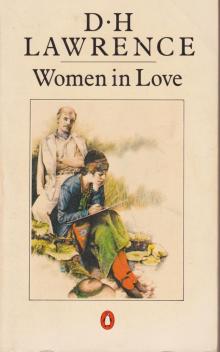 Women in Love
Women in Love The Ladybird
The Ladybird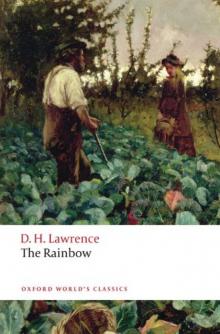 The Rainbow
The Rainbow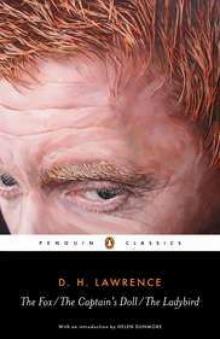 The Captain's Dol
The Captain's Dol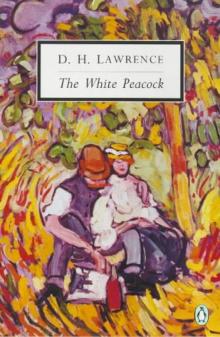 The White Peacock
The White Peacock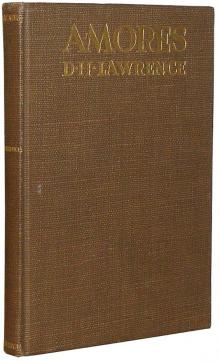 Amores
Amores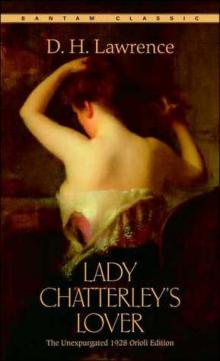 Lady Chatterley's Lover
Lady Chatterley's Lover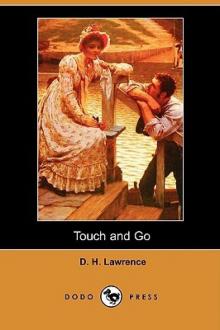 Touch and Go
Touch and Go The Wintry Peacock
The Wintry Peacock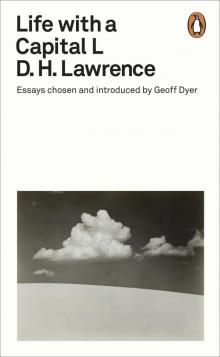 Life with a Capital L
Life with a Capital L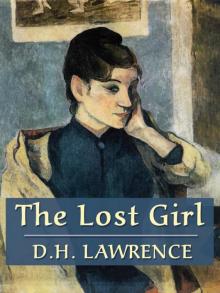 The Lost Girl
The Lost Girl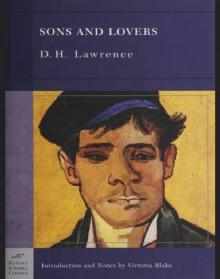 Sons and Lovers
Sons and Lovers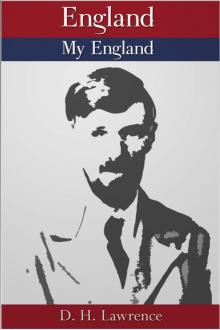 England, My England
England, My England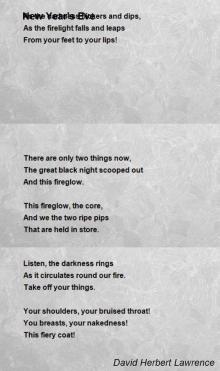 New Poems
New Poems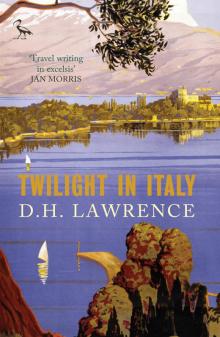 Twilight in Italy
Twilight in Italy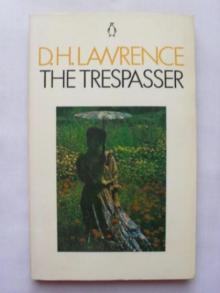 The Trespasser
The Trespasser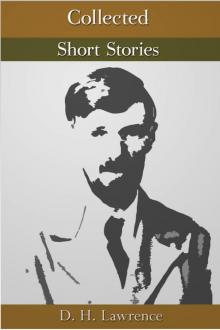 The Collected Short Stories
The Collected Short Stories The First Lady Chatterley's Lover
The First Lady Chatterley's Lover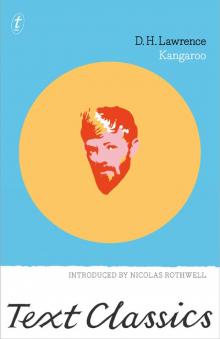 Kangaroo
Kangaroo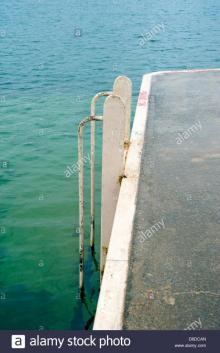 Bay
Bay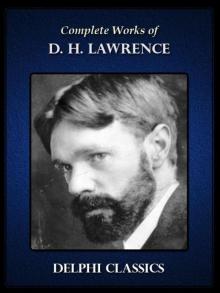 Complete Works of D.H. Lawrence
Complete Works of D.H. Lawrence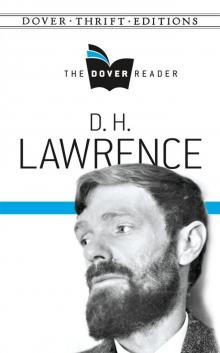 D H Lawrence- The Dover Reader
D H Lawrence- The Dover Reader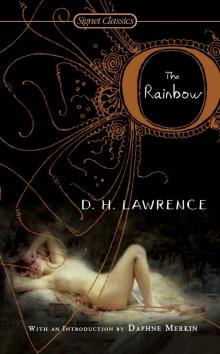 The Rainbow (100th Anniversary ed.)
The Rainbow (100th Anniversary ed.)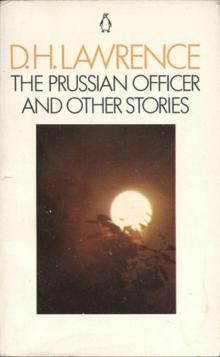 The Prussian Officer
The Prussian Officer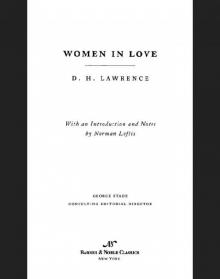 Women in Love (Barnes & Noble Classics Series)
Women in Love (Barnes & Noble Classics Series)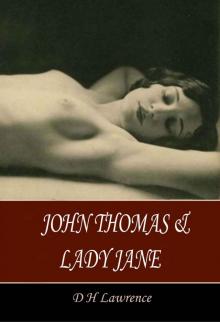 John Thomas and Lady Jane
John Thomas and Lady Jane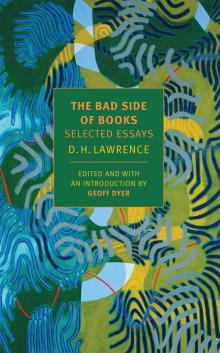 The Bad Side of Books
The Bad Side of Books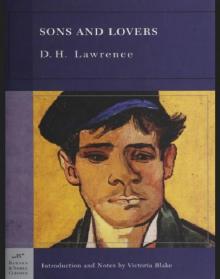 Sons and Lovers (Barnes & Noble Classics Series)
Sons and Lovers (Barnes & Noble Classics Series)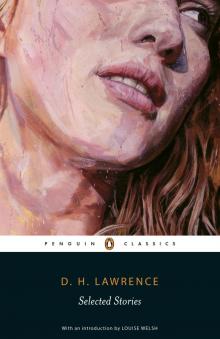 Selected Stories
Selected Stories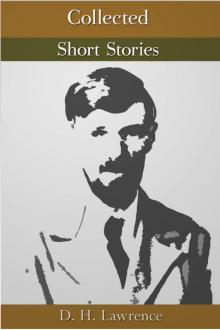 Collected Short Stories
Collected Short Stories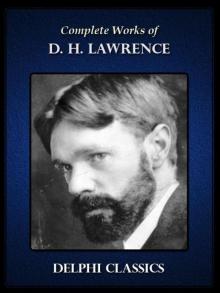 Complete Works of D.H. Lawrence (Illustrated)
Complete Works of D.H. Lawrence (Illustrated)